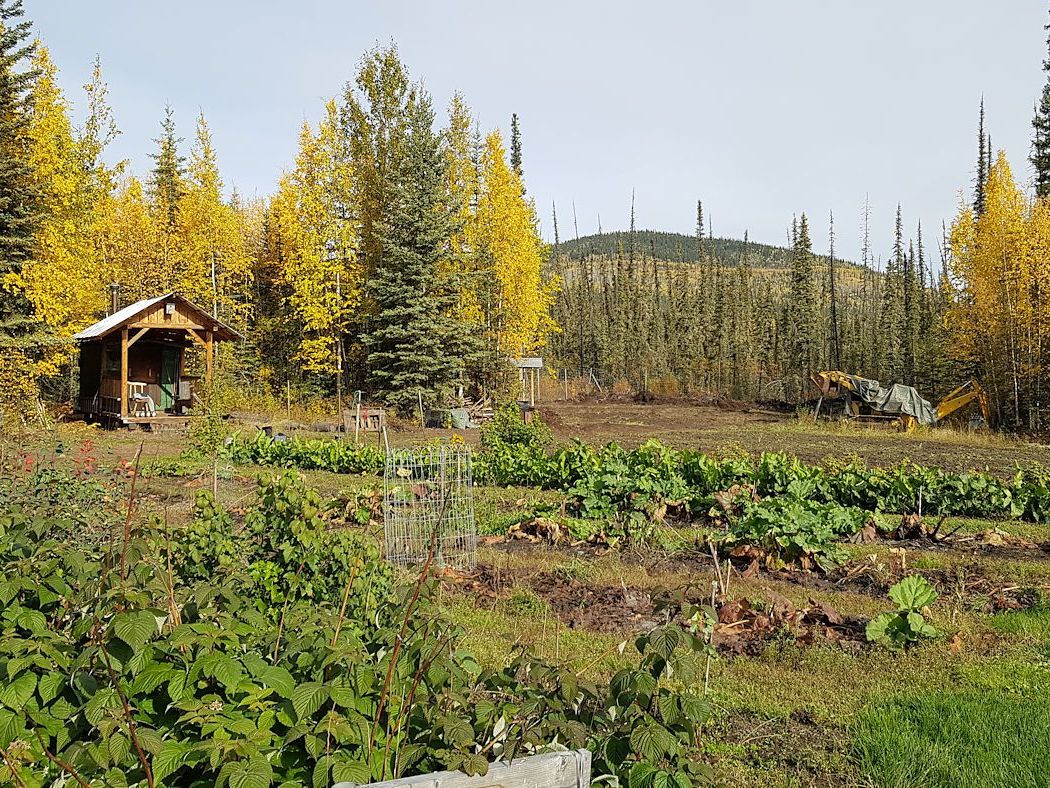We used a paired-plot approach at 18 farms accross the Yukon Territory and sampled forest soils as well as soils under agricultural use (cropland and grassland, all mineral soils) in order to examine soil organic carbon stocks and fractions. As we could show, permafrost-affected soils were prone to carbon losses, while permafrost-free sites had no significant changes in soil carbon stocks. Strikingly, agricultural soils (both with and without permafrost) had an increased mineral-associated carbon fraction in both relative and absolute terms. Losses of soil organic carbon were mostly due to reductions of particulate organic matter in agricultural soils compared to forest soils. The results showed that in regions of discontinuous permafrost in particular, initial conditions in forest soils should be considered before deforestation to minimize its climate impact.
Scroll to top

![[Translate to English:] [Translate to English:]](/media/_processed_/6/4/csm_titel_CO2Kampagne8_afeea2273e.png)
![[Translate to English:] [Translate to English:]](/media/_processed_/4/1/csm_titel_93px_CO2Kampagne8_9b0f3354d4.png)

![[Translate to English:] Logo des Bundesministerium für Ernährung und Landwirtschaft](/media/allgemein/logos/BMEL_Logo.svg)